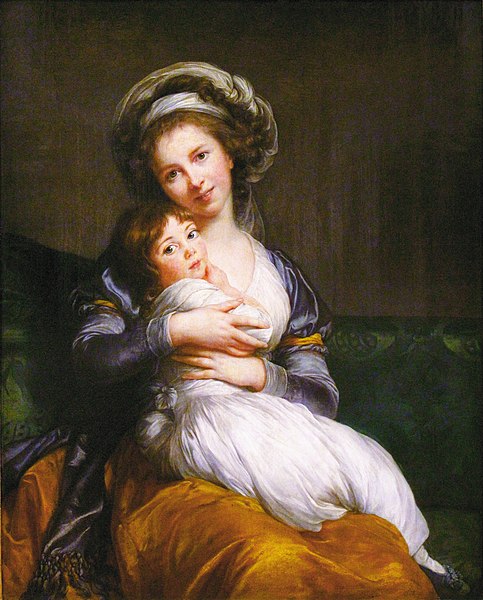A smiley, sometimes called a smiley face, is a basic ideogram representing a smiling face. Since the 1950s, it has become part of popular culture worldwide, used either as a standalone ideogram or as a form of communication, such as emoticons. The smiley began as two dots and a line representing eyes and a mouth. More elaborate designs in the 1950s emerged, with noses, eyebrows, and outlines. New York radio station WMCA used a yellow and black design for its "Good Guys" campaign in the early 1960s. More yellow-and-black designs appeared in the 1960s and 1970s, including works by Harvey Ross Ball in 1963, and Franklin Loufrani in 1971. Today, The Smiley Company founded by Franklin Loufrani claims to hold the rights to the smiley face in over 100 countries. It has become one of the top 100 licensing companies globally.
A smiley face balloon from a Gregory FUNNY-B'LOONS ad page 20 of The Billboard March 18, 1922 page 20
A promotional poster for the film Lili published in the New York Herald Tribune in 1953.
"Authentic Worcester-made smiley face", by Harvey Ball
A smile is a facial expression formed primarily by flexing the muscles at the sides of the mouth. Some smiles include a contraction of the muscles at the corner of the eyes, an action known as a Duchenne smile.
Among humans, a smile expresses delight, sociability, happiness, joy, or amusement. It is distinct from a similar but usually involuntary expression of anxiety known as a grimace. Although cross-cultural studies have shown that smiling is a means of communication throughout the world, there are large differences among different cultures, religions, and societies, with some using smiles to convey confusion, embarrassment or awkwardness.
Detail of the Mona Lisa, who is known for her smile.
A smiling child.
Smiling Girl, a Courtesan, Holding an Obscene Image (1625) by Gerard van Honthorst. Humor has been noted as a source of inspiration for many notable Dutch Golden Age painters.
In her Self-portrait with her daughter Julie (1786), Élisabeth Vigée Le Brun painted herself smiling. When it was exhibited at the Salon of 1787, the court gossip-sheet Mémoires secrets commented: "An affectation which artists, art-lovers and persons of taste have been united in condemning, and which finds no precedent among the Ancients, is that in smiling, [Madame Vigée LeBrun] shows her teeth."







